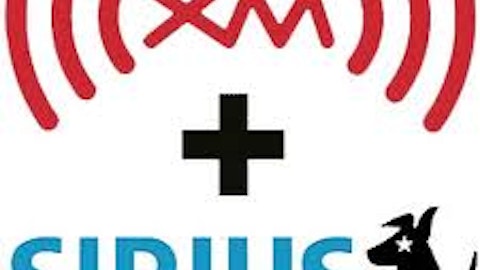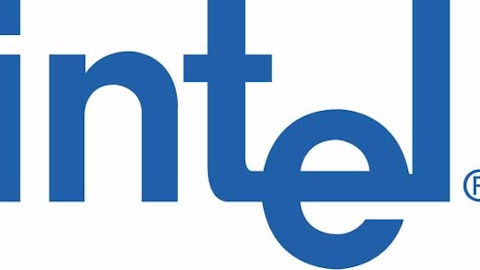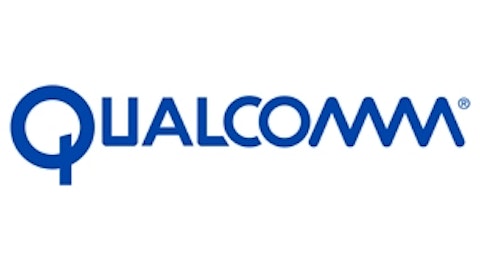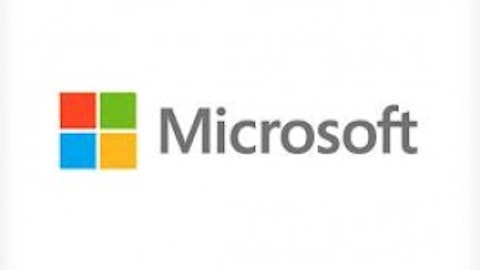About two years ago, Microsoft Corporation (NASDAQ:MSFT) announced that it would be porting its next generation Windows 8 operating system to the ARM architecture. While this fueled shares of ARM, particularly as many had come to believe that this would be a significant blow to Intel Corporation (NASDAQ:INTC), it hasn’t really turned out that way. This ARM-compatible version of Windows, dubbed “Windows RT,” has been a dismal commercial failure. Despite this obvious failure, Microsoft Corporation (NASDAQ:MSFT) plans to launch a next generation “Surface 2” based on this platform. I believe that this, too, will fail and if Microsoft Corporation (NASDAQ:MSFT) isn’t careful, it will end up costing its shareholders valuable dollars again with another major writedown.
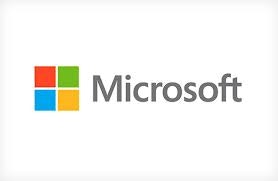
As I noted, Windows RT is a version of Windows designed to run on the ARM instruction set architecture. This means that every single application designed for Windows 7 and earlier will not run. There is also a host of compatibility issues with respect to peripherals that don’t have driver support on Windows RT. To make things worse for RT, Windows 8 quite literally offers everything that Windows RT does, but also includes so much more.
Now, at this point, nearly every one of Microsoft Corporation (NASDAQ:MSFT)’s customers has abandoned Windows RT in favor of using the full version of Windows 8 (running on an Intel Corporation (NASDAQ:INTC) chip). Now, while some folks may claim that Windows RT devices may offer better battery life or sell at more attractive price points, this is also patently false.
Inexpensive, full Windows 8 products based on Intel Corporation (NASDAQ:INTC)’s “Clover Trail” already offered equal-to-better battery life than competing ARM products at the time, and with Intel Corporation (NASDAQ:INTC)’s latest “Bay Trail” chip (that I was fortunate enough to get my hands on and test) offers significantly better performance-per-watt than the top ARM-based competitors across many workloads. As far as cost goes, the whispers suggest that Intel Corporation (NASDAQ:INTC)’s very highest end tablet chip will go for just $37 – with lower end parts going for less. Why would any OEM – or customer – settle for less if they can get the better product for the same price?
Quo vadis, Microsoft?
The shocking thing that Microsoft Corporation (NASDAQ:MSFT) is doing is releasing a next generation “Surface RT” called “Surface 2.” It’s still based on the less-functional Windows RT rather than full Windows 8. While the device is rumored to sport an NVIDIA Corporation (NASDAQ:NVDA) Tegra 4 (which is also a top-tier mobile system-on-chip), this will be enough to drive meaningful sales against a horde of full Windows 8 based systems based on Intel Corporation (NASDAQ:INTC)’s latest Atom chips at the same or lower price points.
For example, ASUS just announced its latest Transformer Book T100, which is a full Windows 8 10.1,” fanless tablet with a quad core Atom Z3740, 2GB of RAM, a full copy of Microsoft’s Office Home & Student, a nice detachable keyboard, and 32GB of storage all for $349 (a 64GB version can be had for $50 extra) – and this is just the first device. Why does Microsoft Corporation (NASDAQ:MSFT) feel the need to compete with its customers, and why does it feel that it can do so with a less capable product?
If Microsoft builds its ARM-based “Surface 2” in any meaningful quantities, it is at significant risk of taking yet another inventory writedown.
So, what’s the bottom line?
Intel Corporation (NASDAQ:INTC)’s Windows market share in tablets (which is nearly 90%) is safe and, if anything, will grow as many other tablet vendors ditch RT and rally behind full Windows 8 and Intel’s latest chips. ARM won’t be affected either way by this, as it still has a dominant presence in Android tablets. NVIDIA Corporation (NASDAQ:NVDA) will benefit from the initial build out of these devices, but the vast majority of its tablet sales will, too, be on Android based devices, so don’t count on anything huge from Surface 2.
As far as Microsoft goes, it’s going to have to stop trying to displace Intel as the de-facto chip vendor for Windows based products. In fact, I believe Microsoft needs to fully embrace Intel as a major partner that can help it gain share against iOS and Android. There’s no other chip company that has the scale and hardware partnerships that Intel has, and Microsoft would do well not to antagonize the chip giant.
The article Microsoft’s Surface 2 Is a Mistake originally appeared on Fool.com and is written by Ashraf Eassa.
Ashraf Eassa owns shares of Intel and NVIDIA. The Motley Fool recommends Intel and NVIDIA. The Motley Fool owns shares of Intel and Microsoft.
Copyright © 1995 – 2013 The Motley Fool, LLC. All rights reserved. The Motley Fool has a disclosure policy.
